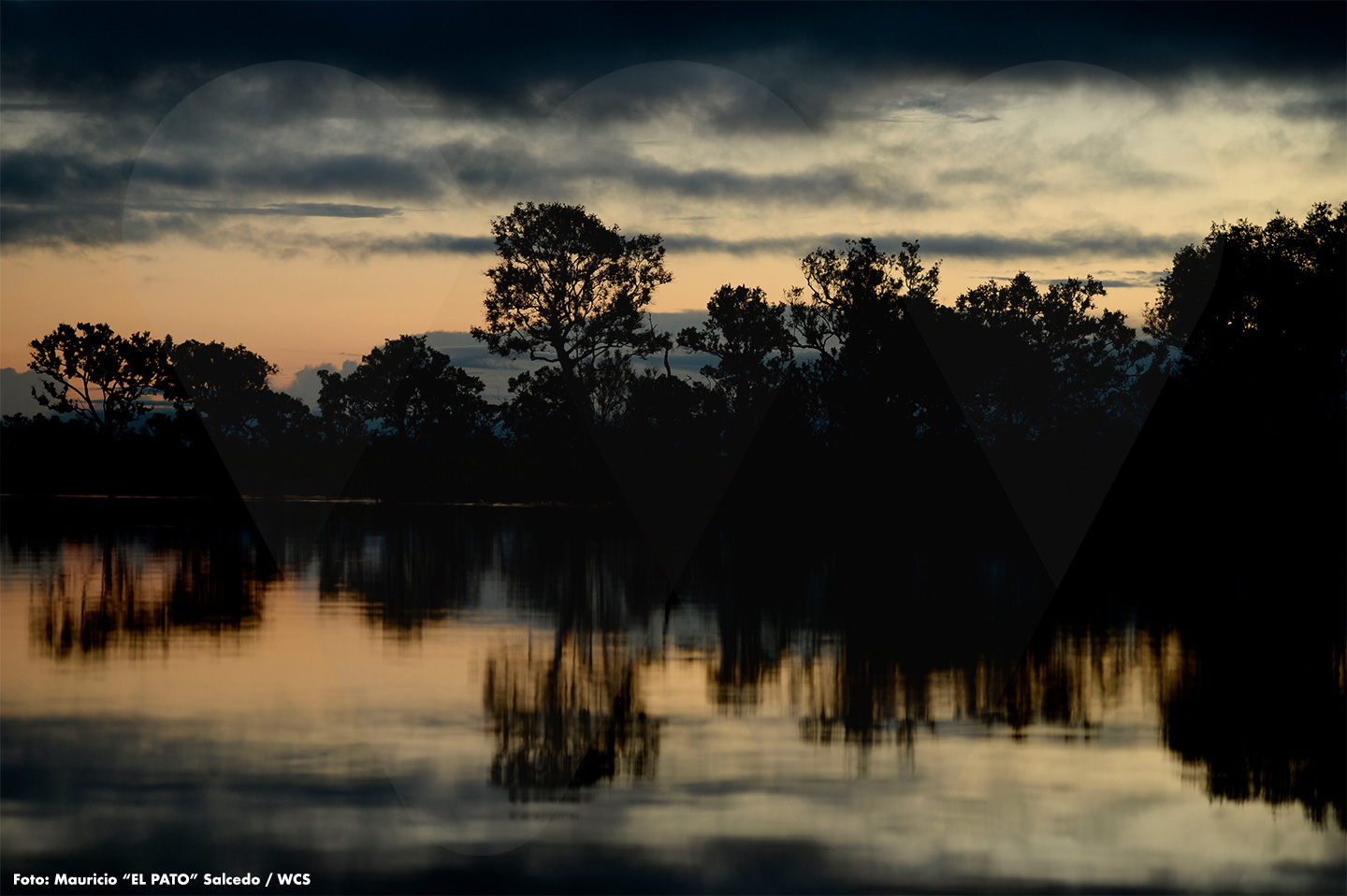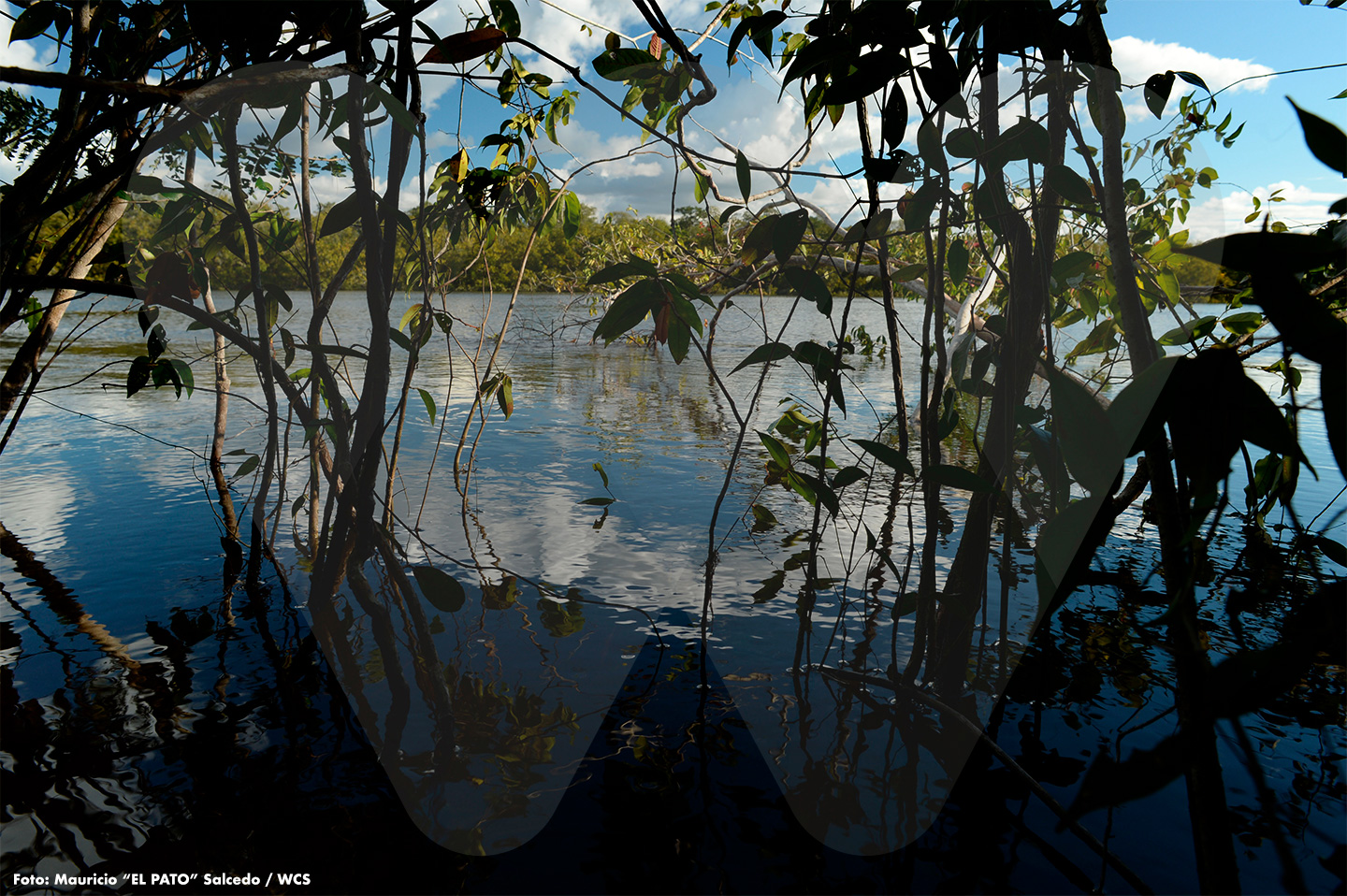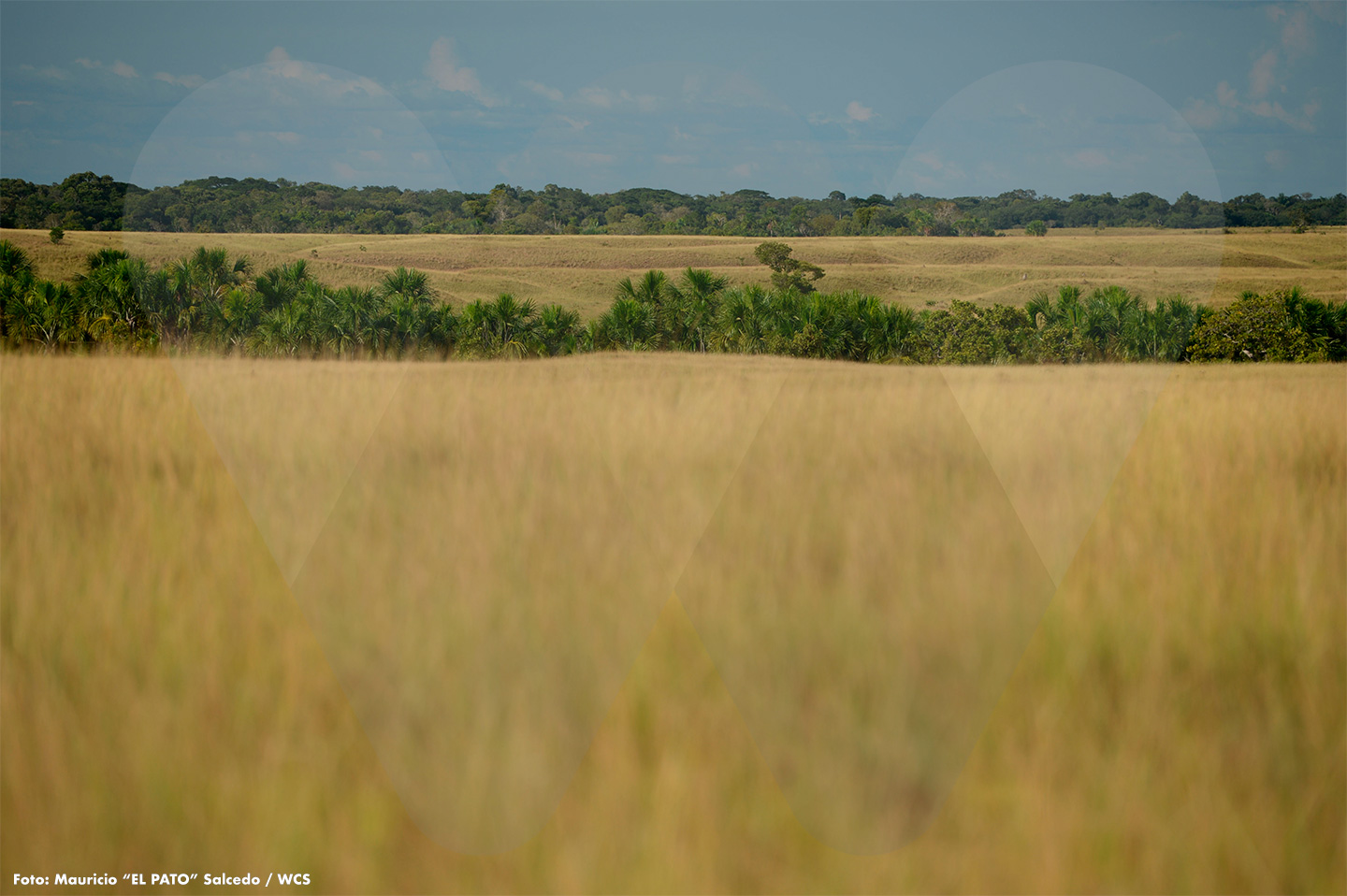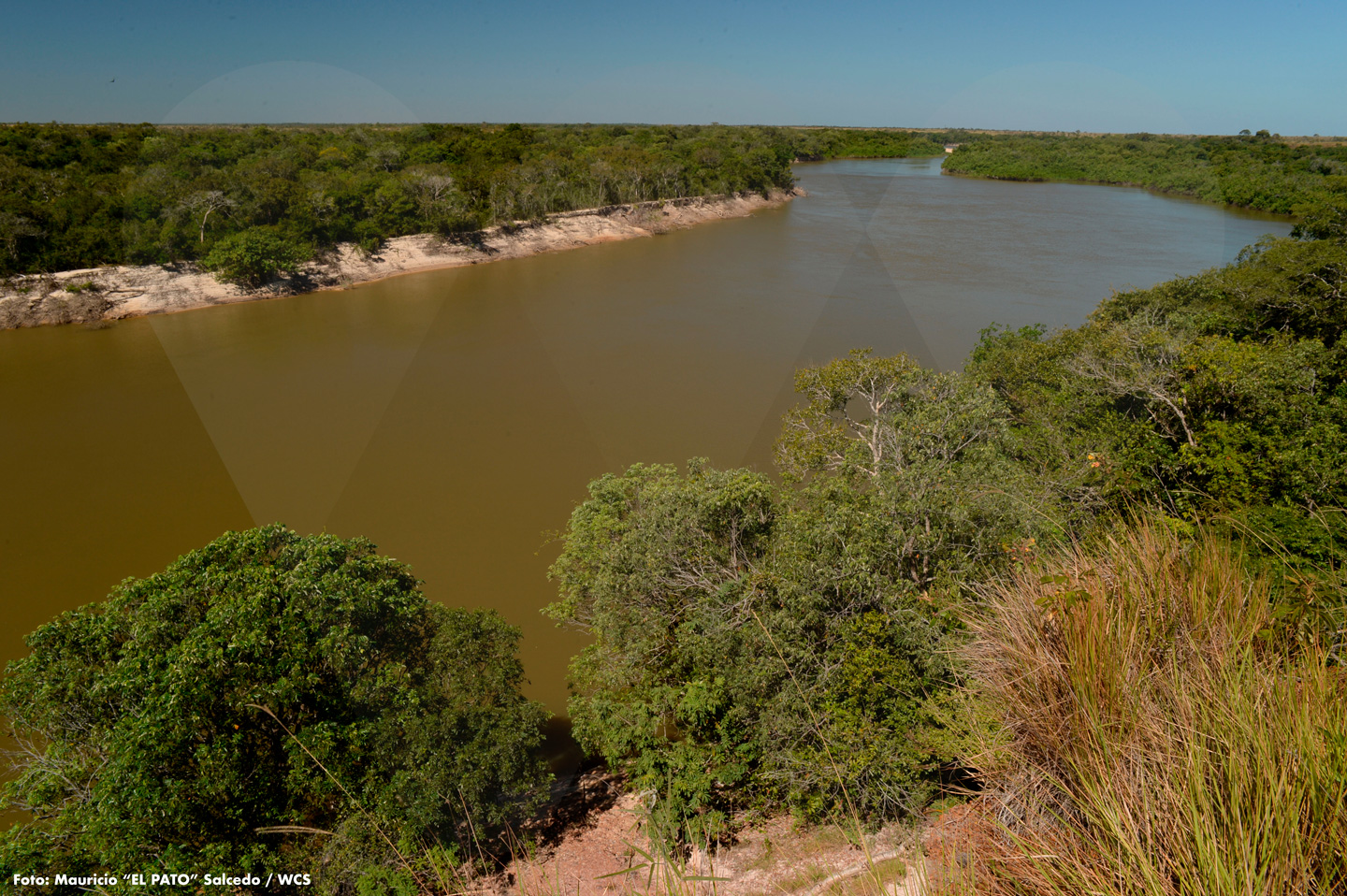 The first lights
The first lights
The engine failed and our only option was to row, downriver, for 28 hours. It was an exhausting journey but, at the same time, it was silent and full of the beauties that the splendorous Bita offered. Among them, there was a very special one: these first lights that, amid the Vichada savannas, sketched a dawn enhanced by river and forests.
 Flooded savanna
Flooded savanna
Year after year, life in the Orinoquia region deals with a bimodal climate regime. The rainy season starts approximately in March/April and lasts until the first days of December; this period includes the “veranillo” (atypical dry conditions) in August. And the dry months go from December until approximately March/April. This photograph shows a savanna landscape flooded by the downpours of the plains.
 Flooded jungle
Flooded jungle
Seemingly, during the rainy season, the rivers and wetlands of the Orinoquia region do not respect limits. Days and nights of downpours and more downpours lead every body of water to overflow at will. The Bita River is not an exception to this ‘norm’. This image shows us how it floods the forests bordering its banks.
 Moriche palms, forests and savannas
Moriche palms, forests and savannas
This photograph shows three of the land covers that envelop the Bita River basin. At the forefront, the savanna, with the predominance of vast expanses of grasslands. In the middle, more towards the back, a strip of moriche palms (locally called ‘morichales’, spaces generous in water). And in the background, gallery forests, areas with a diversity of plant species and generally crossed by a creek or stream.
 The Bita River guarded by forests
The Bita River guarded by forests
The Bita River is born and dies in the Department of Vichada (Colombia). Its life begins very close to the Municipality of Primavera. And, after its journey of approximately 700 kilometers, it dies in the great Orinoco River, next to Puerto Carreño. In its winding and placid path, it is guarded by large and not so large riparian forests, formed by the wild vegetation typical of the region.
 Sunset at the Bita River
Sunset at the Bita River
This image was taken around six o’clock in the evening during a transition season, that is, in that exact moment when the rainy season is about to begin. In the lower left part of the photograph, we can see the silhouette of a summer beach. In a few weeks, the waters of the Bita River will cover it and it will remain under water for nearly nine months.